 |
Apple is also commendable for "starting" the iPhone 17 series with 256GB of memory. Photo: The Verge . |
In 2025, Apple finally made a notable step forward: bringing 256 GB of storage to the base version of the iPhone 17. This is double the increase from previous generations, putting Apple ahead of key competitors like Samsung and Google, who still maintain a 128 GB starting level for their high-end smartphones.
However, if you want to upgrade to higher versions, users will have to pay a large amount of money. Specifically, with the iPhone 17 Pro Max model in Vietnam, the difference between the 256 GB and 512 GB versions is 6.5 million. The same difference is between the 512 GB and 1 TB versions, while from 1 TB to 2 TB users have to pay an additional 13 million.
Upgrading capacity is a big expense
The cost to upgrade to 512 GB in the US, where the iPhone market is well priced, is also around 200 USD . The fact that users have to spend a large amount of money just to increase storage capacity, while not receiving any upgrades in the processor chip or camera system, has sparked a lot of controversy. Especially when the cost of producing memory is estimated to only fluctuate at 20 - 30 USD for manufacturers when buying in large quantities.
 |
There is also a difference of 6.5 million VND between the 512 GB and 1 TB versions, while the gap between the 1 TB and 2 TB versions is up to 13 million VND. Photo: Apple. |
Meanwhile, competitors like Samsung and Google only charge a difference of about $120 for 256GB and 512GB of storage. This figure for companies like OnePlus is even lower, only $100 , and the larger capacity version also comes with more RAM. Notably, Xiaomi 15 Ultra already offers 512GB of storage on the basic version.
Business strategy
Apple has turned memory upgrades into a business strategy. The base model offers “just enough” storage to get you started, but not enough to last. When memory runs out, users are forced to turn to Apple’s $200 upgrade.
Even though 512GB is no longer a rare capacity in 2025, Apple is still firmly positioning it as a luxury option, rather than a reasonable upgrade.
Additionally, by skyrocketing prices for higher-capacity models, Apple is indirectly pushing users to upgrade their phones sooner when their storage runs out, which contradicts the company’s own sustainability message that “the greenest iPhone is the one you’re using.”
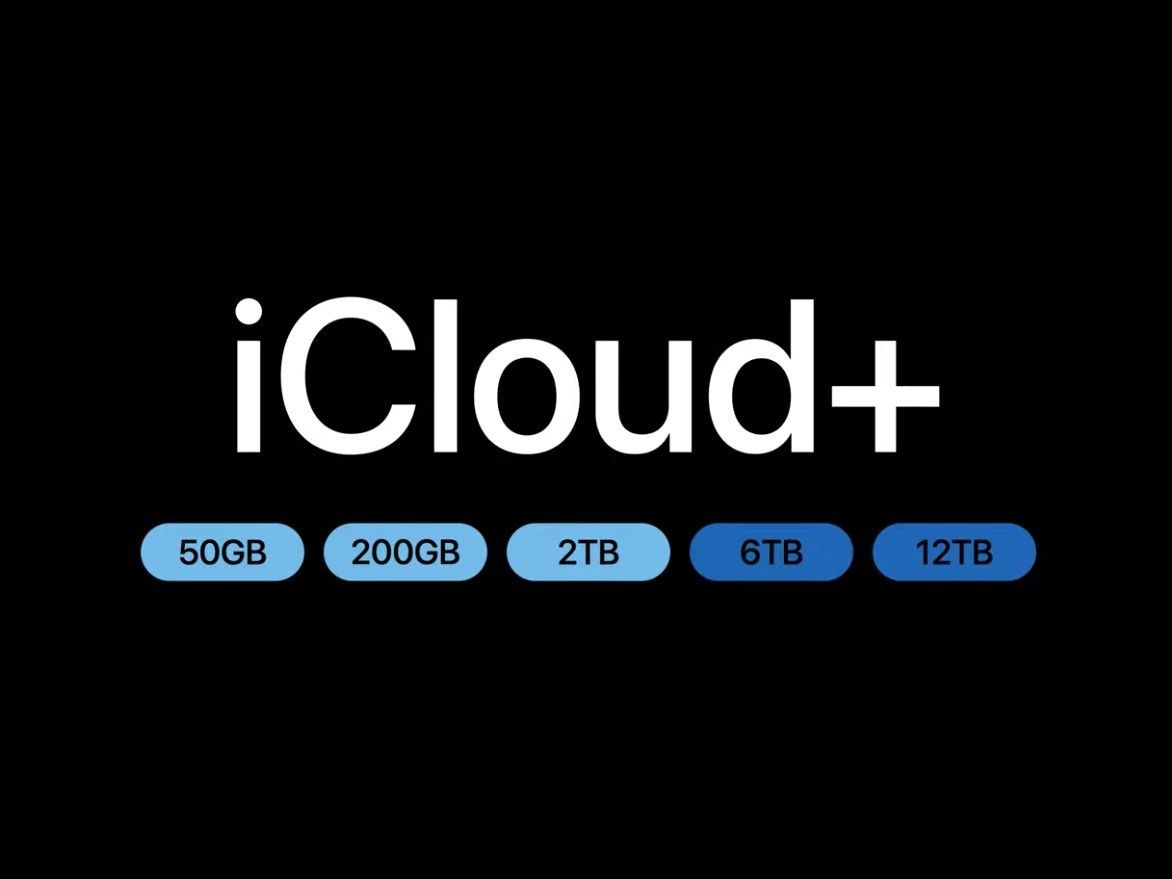 |
Storage business is Apple's "golden goose". Photo: Apple. |
The problem is even more acute with the iCloud+ subscription service. The fact that the free storage on iCloud is still at 5GB is unacceptable. This low free level is believed to be a deliberate strategy by Apple to force users to make a choice: either buy an expensive high-capacity iPhone from the start, or sign up for a monthly iCloud subscription.
Apple’s premium pricing model is sustained by user loyalty. Once you’re deeply embedded in ecosystems like iMessage, AirDrop, or the Apple Watch, switching devices means giving up a part of your digital life.
Apple is well aware of this constraint and uses the convenience of the ecosystem to justify the high price. When the cost of upgrading storage is on par with the price of a mid-range smartphone, it is no longer a premium option but a tax on its own customers.
Users need large capacity
From the 4 GB of the first iPhones, phone capacity has increased exponentially. Along with the phone's functions, the files left behind have become increasingly bloated. With the iPhone Pro series, in addition to being more expensive, their capacity is also what users get.
In addition to holding large amounts of files, high-memory versions often come with upgraded read-write speeds. This makes starting up, accessing apps, and accessing large files faster. Newer iPhones support RAW photography and ProRes video recording. These are all functions that take up a large amount of memory.
In fact, Pro users also download heavier applications. Editing videos on iPhones using software like CapCut leaves tens or hundreds of gigabytes of cache. Similarly, chat software keeps user data on the device, overloading the iPhone.
New open world games like Genshin Impact, Zenless Zone Zero or Wuthering Wave weigh in at 20-50 GB. They also need more storage space every time there is an update. With this need, it is clear that 128 or even 256 GB is gradually not enough.
Source: https://znews.vn/co-dang-bo-them-6-trieu-de-mua-iphone-ban-512-gb-post1601448.html




![[Photo] Deep sea sand deposits, ancient wooden ship An Bang faces the risk of being buried again](https://vphoto.vietnam.vn/thumb/1200x675/vietnam/resource/IMAGE/2025/11/13/1763033175715_ndo_br_thuyen-1-jpg.webp)
![[Photo] Unique art of painting Tuong masks](https://vphoto.vietnam.vn/thumb/1200x675/vietnam/resource/IMAGE/2025/11/14/1763094089301_ndo_br_1-jpg.webp)

![[Photo] Special class in Tra Linh](https://vphoto.vietnam.vn/thumb/1200x675/vietnam/resource/IMAGE/2025/11/14/1763078485441_ndo_br_lop-hoc-7-jpg.webp)


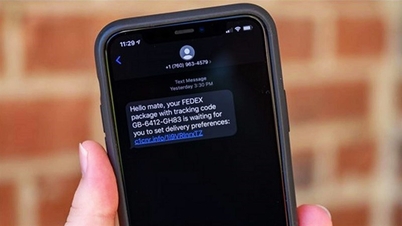





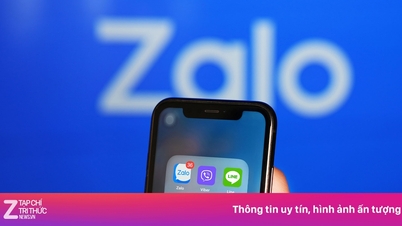






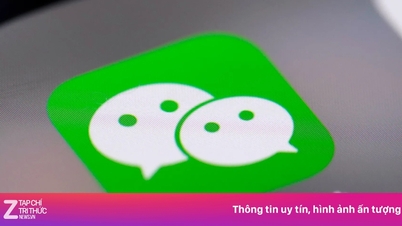














































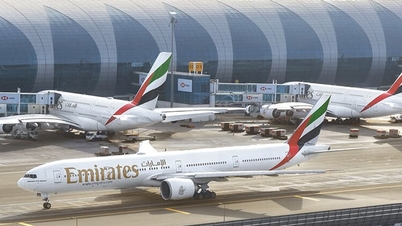


























![Dong Nai OCOP transition: [Article 3] Linking tourism with OCOP product consumption](https://vphoto.vietnam.vn/thumb/402x226/vietnam/resource/IMAGE/2025/11/10/1762739199309_1324-2740-7_n-162543_981.jpeg)






Comment (0)